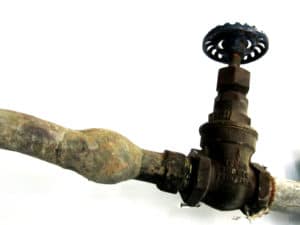EPA and City of Newark Release New Lead Filter Information
 On November 22nd, EPA and the City of Newark released some new documents on ongoing work to study the effectiveness of filters in reducing lead levels in drinking water in Newark. The City of Newark’s Point-of-Use Filter Study was conducted in August and September, 2019, and found that point-of-use filters paired with flushing with the filter in the off position for five minutes should reduce lead below 10 ppb in the interim until corrosion control in Newark is optimized and effectively reducing lead in tap water. 10 ppb is the level that filters are certified to remove below through NSF ‘s protocol for certifying products for lead removal.
On November 22nd, EPA and the City of Newark released some new documents on ongoing work to study the effectiveness of filters in reducing lead levels in drinking water in Newark. The City of Newark’s Point-of-Use Filter Study was conducted in August and September, 2019, and found that point-of-use filters paired with flushing with the filter in the off position for five minutes should reduce lead below 10 ppb in the interim until corrosion control in Newark is optimized and effectively reducing lead in tap water. 10 ppb is the level that filters are certified to remove below through NSF ‘s protocol for certifying products for lead removal.
Separately, it should be noted that EPA’s Action Level (AL) in the current 1991 Lead and Copper Rule (LCR) is 15 ppb and that EPA has proposed a Trigger Level (TL) of 10 ppb in its proposed Lead and Copper Rule Revisions (LCRR). It should also be noted that the Trigger Level (TL) of 10 ppb is in a proposed regulation and the intent of this proposed Trigger Level (TL) is to require water systems to take steps to minimize future Action Level Exceedances (ALEs). It should also be noted that the current Maximum Contaminant Level Goal (MCLG) for lead is zero, and that number remains the same in the proposed LCRR.
For additional information, the City of Newark has a comprehensive website for its lead service line replacement program. It should be noted that both lead service line replacement and the potential use of filters in some specific situations are components of EPA’s proposed Lead and Copper Rule Revisions (LCRR).

